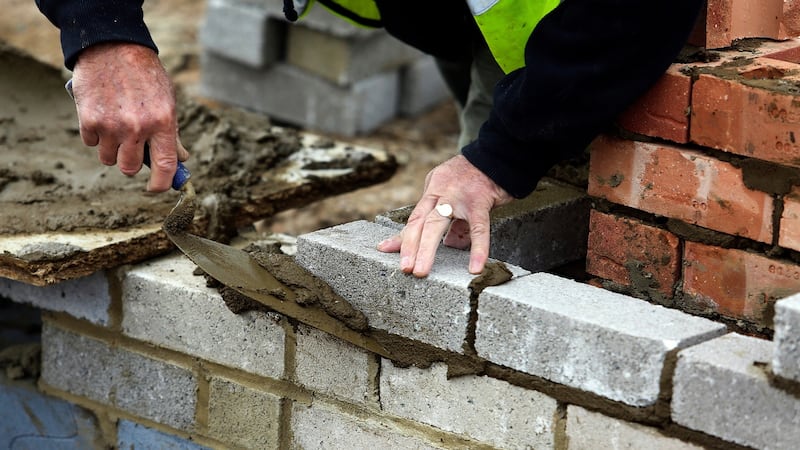Banks are lending more money to homebuyers than during the build-up to the 2008 property market crash, according to a report published on Tuesday. But there are fewer houses than ever available.
Average asking prices for homes rose 9.7 per cent across the Republic last year, to €290,000, according to the latest assessment from property website, MyHome.ie and stockbrokers Davy, including an “uncharacteristically sharp” 1.2 per cent increase “during the normally quiet winter months”.
The report shows that banks are increasing the amounts loaned to those they are approving for mortgages, particularly anyone who already owns property. In November, the average mortgage given to anyone moving home was a record €304,000, almost 12 per cent higher than a year earlier, says MyHome.ie.
"The average mover drawdown was €284,800 in quarter three 2021 – rising above Celtic Tiger era peak levels for the first time," said Davy chief economist Conall MacCoille.
He said summer had seen “a degree of panic in the housing market, with homebuyers bidding up well above asking prices”.
“The unwelcome message from this quarter’s MyHome report is that there is little sign of conditions easing.
“There are just 11,300 homes listed for sale on MyHome, the lowest on record and down 21 per cent on 2020, with the shortage of residential property for sale most acute outside Dublin. The same is true in the rental market,” he said.
Dysfunctional
MyHome.ie managing director Angela Keegan said it was "clear that we will be saddled with a dysfunctional market for some time to come".
“Throughout the last 12 months, we have seen huge, sustained demand for housing fuelled by vastly increased savings among the prospective homebuyer cohort,” she said. “This, coupled with record lows in supply, has led to the worst-case scenario for those seeking to get on to the property ladder: significant price inflation and scant choice.

“As we noted earlier in the year, there is simply too much cash chasing too few homes.”
Mr MacCoille said the average mortgage approved by banks rose to a "cyclical high" of €269,000 in November, an increase of 8 per cent over the same period in 2020. He said wage growth – with pay currently rising at 5.4 per cent – was a factor in driving up mortgages, as lenders comply with rules imposed by the Central Bank.
Ms Keegan acknowledged that only the Central Bank’s rules had “somewhat” checked house price inflation. The Central Bank calculates that its mortgage-lending rules have prevented house prices rising by 10-25 per cent above existing levels.
Wage multiple
By September, house prices had risen to €330,375 nationally, seven times the €47,198 that the average Irish worker earns, according to MyHome.ie, and higher than the average price in the UK.
Mr MacCoille said MyHome.ie and Davy might have to increase their prediction that house prices would rise by 4.5 per cent this year.
“The latest MyHome report suggests the froth in the housing market continued into the final months of last year and that early 2022 should see further strong price inflation,” he said.
In Dublin, prices rose 7.4 per cent last year to €380,000, including a jump of 1.7 per cent in the last quarter. Outside the capital, prices surged 10.6 per cent in 2021 to €245,000, gaining 1.1 per cent in the closing three months of the year.
Asking prices have been rising most rapidly in the Republic's richer neighbourhoods. In south Dublin, sellers sought €694,000 for four-bedroom semi-detached houses last year, 9 per cent more than 12 months earlier. In Galway city, prices were up 2.2 per cent on the year to €285,000. In Cork city they rose 1.9 per cent to €295,000. In Limerick city they increased 7.7 per cent to €210,000 while in Waterford city they increased 6.3 per cent to €169,000.











